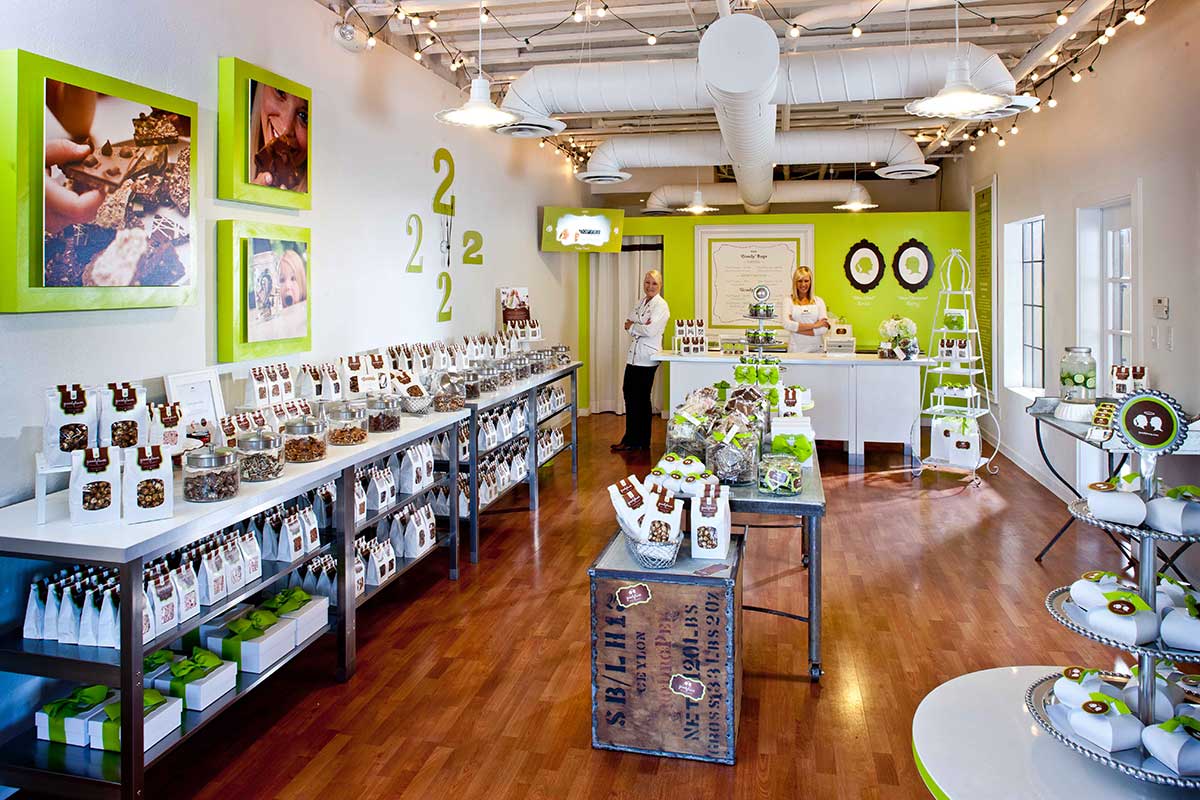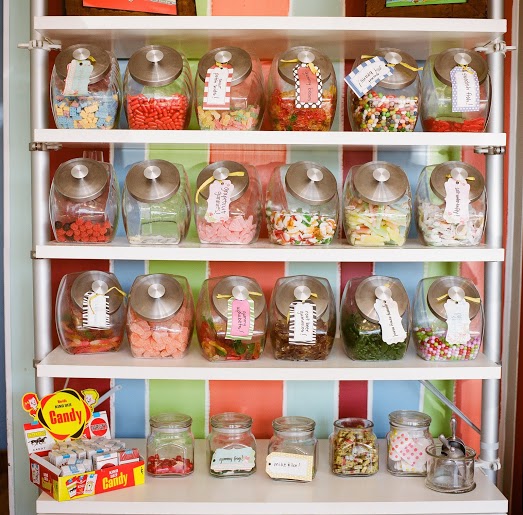
Are You Delighting all Five Senses in your Retail Store?
The first thing you come across when you enter the average supermarket is fresh fruit and vegetables. This isn’t an accident.
At heart, the purpose of great store design is simple. As ShopKeep’s VP of Sales & Marketing, recently noted in his guide to Small Business Guide to The Art of Sales:
Every single person who walks through your doors should spend money in your store.
This is of course, easier said that done. Not everyone who comes through your doors is planning on spending money, so it can seem like a tough task to convert them into paying customers. But what if I were to tell you that the visitors with no fixed spending plans are actually more valuable to you? And that you can tailor your store design to this group.
First off, let’s break out the two types of customer more clearly, broadly speaking there are Finders and Browsers:
1. Finders: This group is made up of time-sensitive, purpose-driven customers who know exactly what they need. This group is defined by need. If your store is clear, clean, and has good signage, your battle is likely already won. They are however, difficult to upsell and your average ticket size will remain stubbornly low.
2. Browsers: This group is made up of casual shoppers, curious to see what you have to offer. They are defined by want. You will have to work a lot harder to convert this group to a sale but the juice is most certainly worth the squeeze. You know that feeling when you walk out of a shop having spent $100 more than you intended to when you walked in? That’s impulse buying, which this Specialty Retail Report white paper suggests accounts for two thirds of the buying that goes on in the U.S.
If you can tailor your efforts to convert this latter group, you’ll be able to make a bigger impact on your bottom line. So, how do we tailor our store design to convert this group. The answer is to focus on all five senses and create the best possible experience of your store environment.
Sight
Impulse purchasing is primarily driven by seeing, (according to the Specialty Retail Report paper). As a result, you’ll need to start with delighting the customer’s visual senses to boost sales.
Sure, this starts with the basics of well-presented and well sign-posted aisles and products. You’ll hoover up a lot of custom this way, but to truly delight the customer’s visual sense you need to make effective use of sales or promotions, as research from shopper marketing agency, the Integer Group shows that the main reasons that shoppers make impulse buys is due to a promotion or sale on a given product, followed by them finding a coupon to make a purchase, followed next by them wanting to spoil or pamper themselves.
So, retailers who can make effective use of colorful and contrasting store signage to highlight these three opportunities to customers will create a visual environment that: delights customers, triggers emotions and maximizes impulse purchasing. A common trick of the trade here is to utilize images of people enjoying your products who look like your target customer – this creates empathy and reassures people that the product is ‘right for them’.

Smell
You don’t need me to tell you what a bad toilet smell would do for custom in a cafe. Alan Hirsch, neurological director of the Smell & Taste Treatment & Research Foundation in Chicago asserts that smell has a greater impact on purchasing than everything else combined – and that if the product smells goods, it’s perceived as good. Most car manufacturers spray on the ‘new car’ fragrance in cars to boost sales. Think about having nice fragrances in the entrance to create a great first impression, or in the washroom or toilet to make customers feel great about hygiene in your eating establishment.
Sound
Pay attention to sound too, because up-lifting music can boost spirits and make your customers buy more. Studies also show that fast music can make people move faster which might work well if you have a fast paced, hyper busy coffee shop, or sandwich bar, but it might not work well if your customers need to dwell to make their purchase. Altering the speed of music, (and in store time-perception), can boost sales by a third, according to data on triggerpulling.com Also a retailweek.com article suggests you choose music to suit your brand and specific product.
Touch
As I said at the start, supermarkets don’t put toilet cleaner at the front of their stores for a reason. Utilizing fresh fruit and vegetables in this space excites senses. It is visually appealing sure and it provides a welcoming scent, but it’s easy to overlook the way it targets the customer’s sense of touch. The process of product selection in this space is also more tactile, as people squeeze fruit and pick up weigh their produce. It provides a chance to feel the quality of the store in your hands.
Research is beginning to show that customers are more likely to buy certain products if they can touch them. Take this research by Lindstrom which reports on how Walmart saw huge sales of their home brand toilet tissue after they cut some of the wrap on toilet paper brands so shoppers could touch and compare textures. The books also revealed that 35% of consumers say that the feel of a phone is more important than the look. If you are selling personal products, give people the option to touch them before buying.

Taste
Taste can be an incredibly powerful sales tool in food, confectionery and beverage stores and/or restaurants. Wine is an area which can really benefit from tasting. R Research from Napa Technology which shows that nearly half of merchants noted that consumers will spend between 5-15% more on wine after they taste a variety of wine that is new to them.
As you can see, tidy and ordered presentation of products in your store will catch the attention of the purposeful customer who knows exactly what they want, but this alone won’t drive profits. To go to the next level and increase sales by 100-200% over the baseline, you need to drive impulse selling by developing creative marketing that captures customer attention by delighting all five of the human senses.
Want to try ShopKeep for yourself?
Just answer a few easy questions.
Need help finding the right point of sale?
Just complete the form. We’ll call you right back to explain how ShopKeep can work for you.
Hit the ground running.Sprinting, in fact!
Read our free, comprehensive guide, Small Business 101, to learn all you need to know about starting a thriving business.

